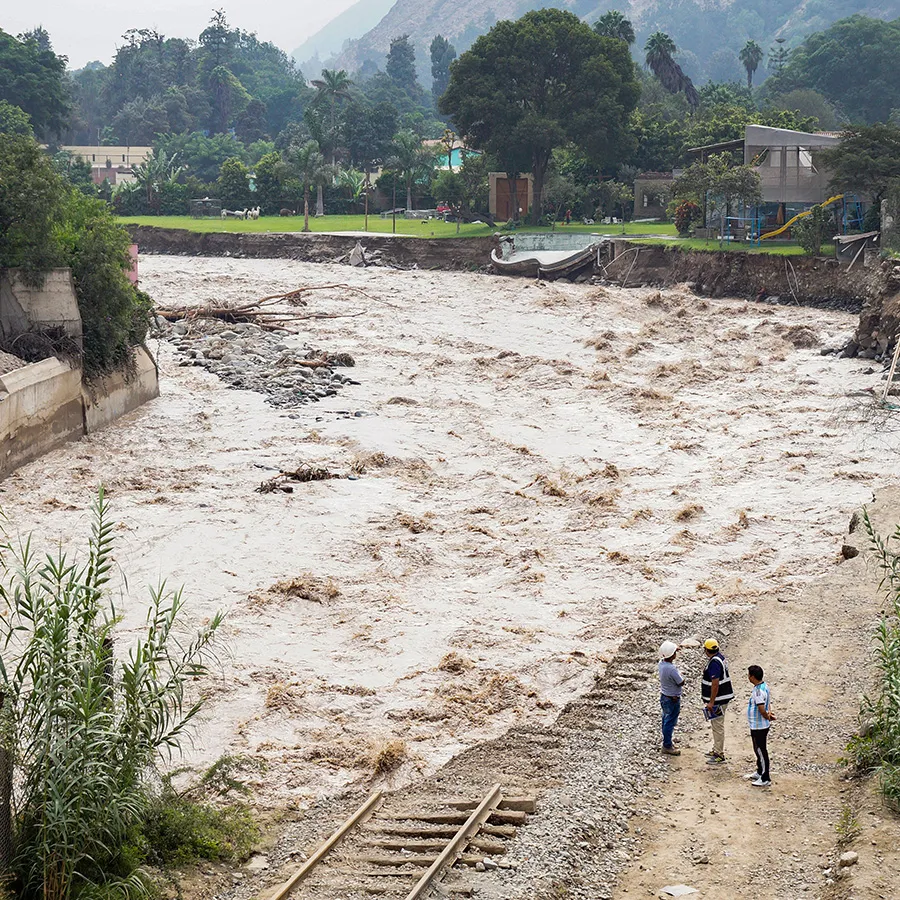

Column “La Mirada” | El Comercio
Everything indicates that the growth of employment and real wages will consolidate in 2025, with greater momentum from the lower-income sectors. This will benefit spending in areas such as food, social housing, and home improvement.
The year began with a paradox regarding how families perceive the economy. Individually, they perceive improvements, but collectively, they believe the country is declining. The key to solving this puzzle lies in understanding the implications that economic improvement and political deterioration have on families.
By the end of 2024, households experienced some economic relief. Purchasing power improved last year for two reasons. First, average inflation moderated, dropping from 6.3% in 2023 to 2.4% in 2024, reducing pressure on family budgets. Second, formal private employment grew in the second half of the year, driven by the rebound in agro-exports and the gradual improvement in private investment.
These advances have reduced the perception of economic deterioration. In December 2023, 47% of Peruvians stated that their situation had worsened; a year later, this figure fell to 32%, according to an Ipsos survey commissioned by APOYO Consultoría. The improvement was most noticeable in the lower-income sectors, particularly benefited by the drop in prices of perishable foods—which represent a significant portion of their spending—and by the recovery of jobs in agriculture and construction.
“There are no separate paths. Without improvements in the political and institutional landscape, economic recovery will be limited.”
More importantly, household expectations have improved. About 41% of families expect their economic situation to improve in the next 12 months—the highest level in recent years—especially in the socioeconomic segment E.
Everything suggests that employment and real wage growth will consolidate in 2025, with greater momentum from lower-income sectors. This will boost spending in areas such as food, social housing, and home improvement, helping to slightly reduce inequality and monetary poverty.
However, despite these individual improvements, most families do not perceive that the country is progressing. In fact, 63% of Peruvians believe the country is regressing—a level of pessimism even higher than during the pandemic.
This feeling largely stems from the evident political and institutional deterioration. Dina Boluarte’s government and Congress ended 2024 with historically low approval ratings, making it the most unpopular government in Latin America. This reflects the state’s incapacity and indifference in addressing citizens’ demands, especially regarding security, whose deterioration has led Peruvians to go out less frequently, avoid going out at certain hours, or change their usual routes.
Thus, while the economy shows signs of recovery, the collective sense of decline and the crisis of confidence persist. But there are no separate paths—without improvements in the political and institutional landscape, economic recovery, both individually and collectively, will be severely limited and could even reverse.